- Read instructions online first. Easy to break if you don’t. That’s not the mfg fault.
- Two out of four were faulty in thst displays did not work correctly. Seller, please send me new ones.
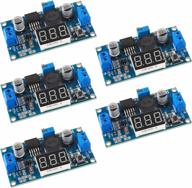
16
·
Average

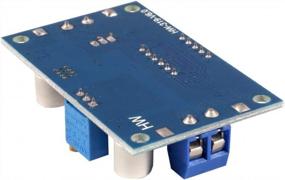
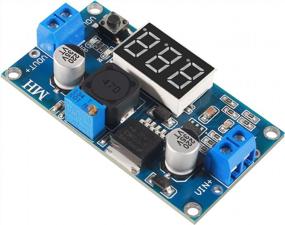
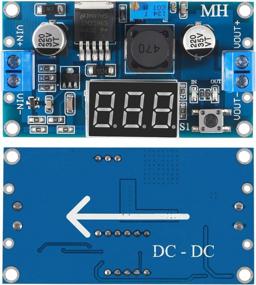


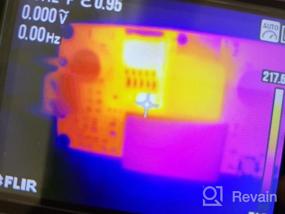
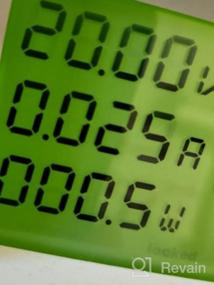

| Brand | DORHEA |
|---|---|
| Color | LM2596 LED |
| Item Weight | 3.98 Ounces |
| Output Voltage | 5 Volts |
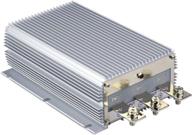
DC/DC 12V To 24V Boost Converter 40A 960W - Waterproof Voltage Regulator Module For Car Power Supply (10V-16V Input)

15 Review
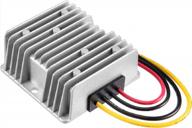
Kohree 36V To 12V DC/DC Converter Regulator - 10A 120W Golf Cart Voltage Reducer

17 Review
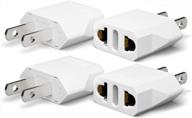
4-Pack Unidapt US Plug Adapters - Convert EU, Europe, Japan, And Canada To American Power Outlets - Travel Plug Adapter For USA - Wall Plugs For Improved Accessibility And Convenience

11 Review
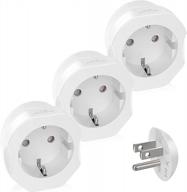
VINTAR EU To US Plug Adapter 3-Pack For Easy Travel: Europe To USA Converter For Spain, France, And More, Compatible With Type C/E/F Plugs - European To US Power Adapter Solution

11 Review

Sony STR DH790 7 2 Ch Receiver Vision

11 Review

🔊 Enhanced SONY STR-DE695 A/V Receiver for Remarkable Home Theater Audio System

4 Review
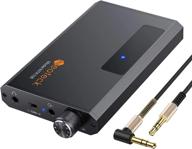
Neoteck Portable 3.5Mm Headphone Amplifier With Bluetooth 5.0 Receiver, Two-Stage Gain Switch, 16-150 Ohm HiFi Earphone Amp, Aluminum Matte Surface

34 Review

Portable Headphone Amp With 3.5Mm Stereo Audio Out, GAIN Support & Lithium Battery - Compatible With IPhone/Cellular Phone/MP3/MP4 /Computers.

27 Review